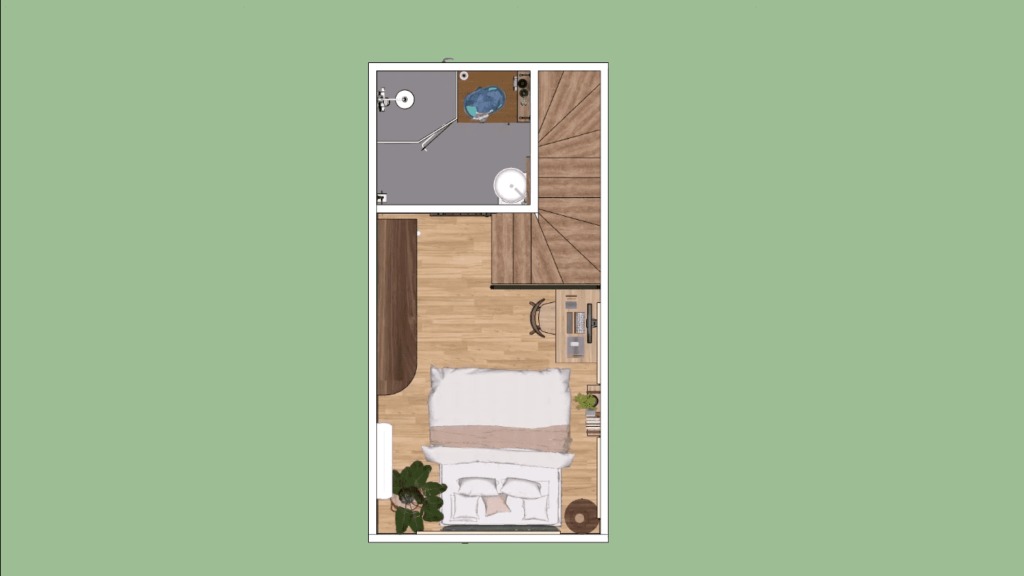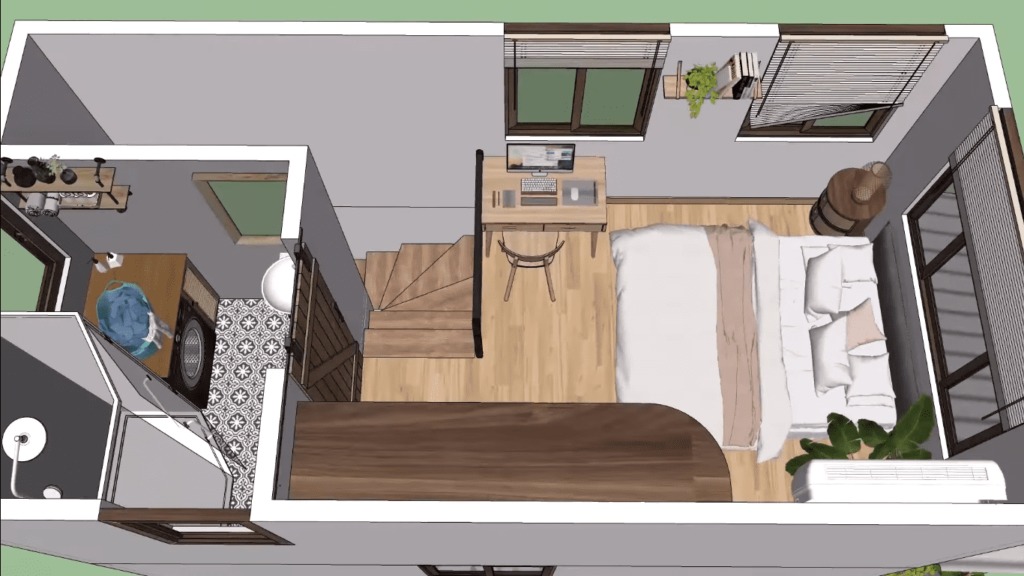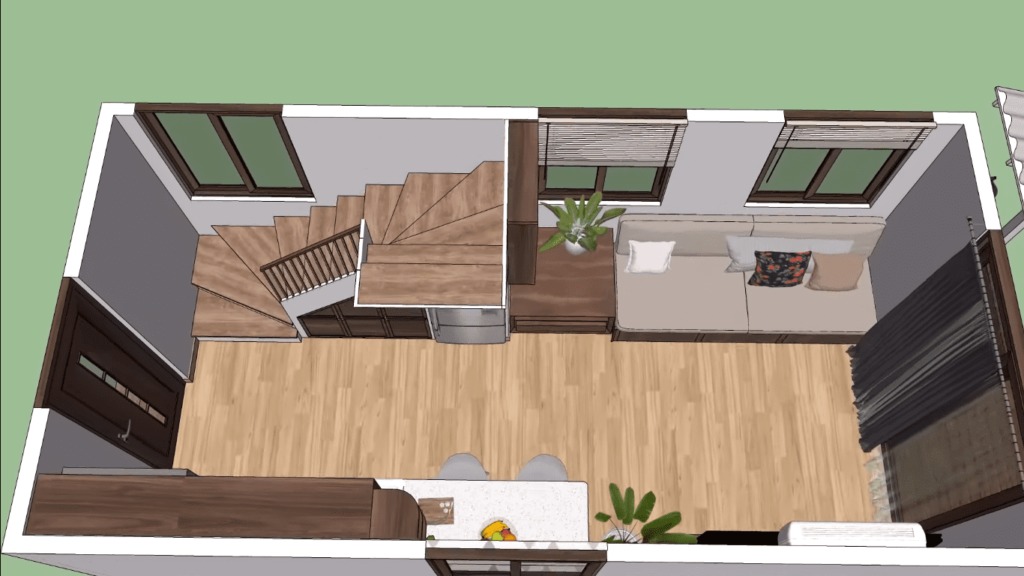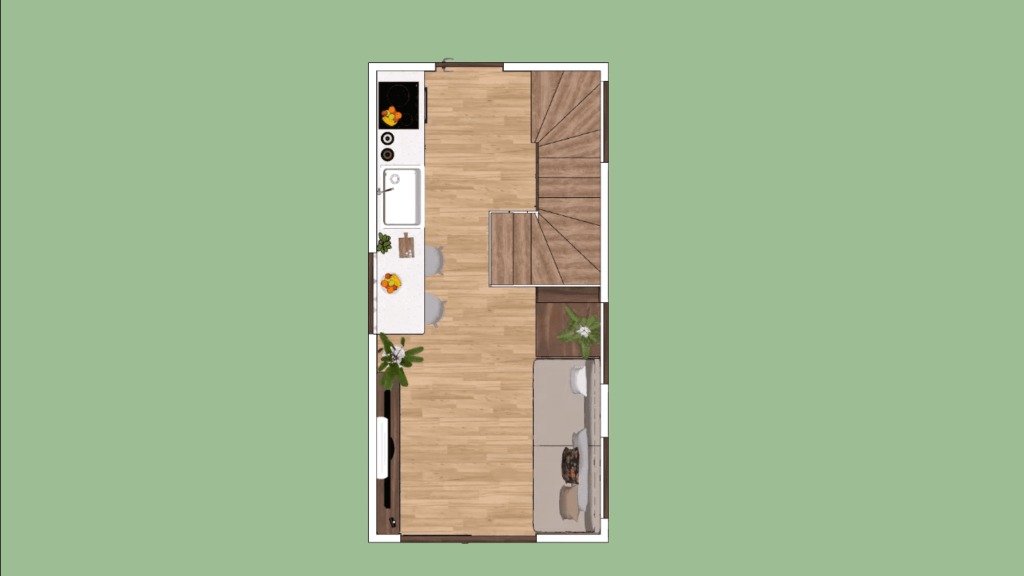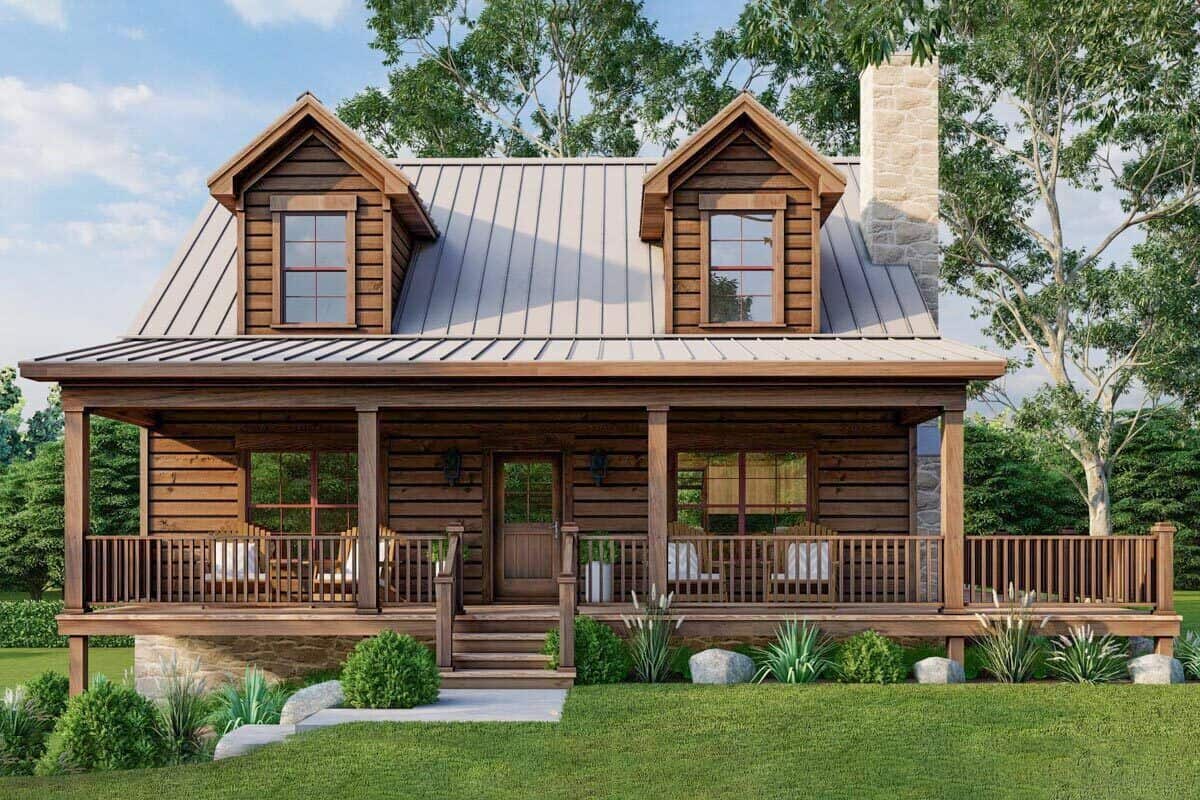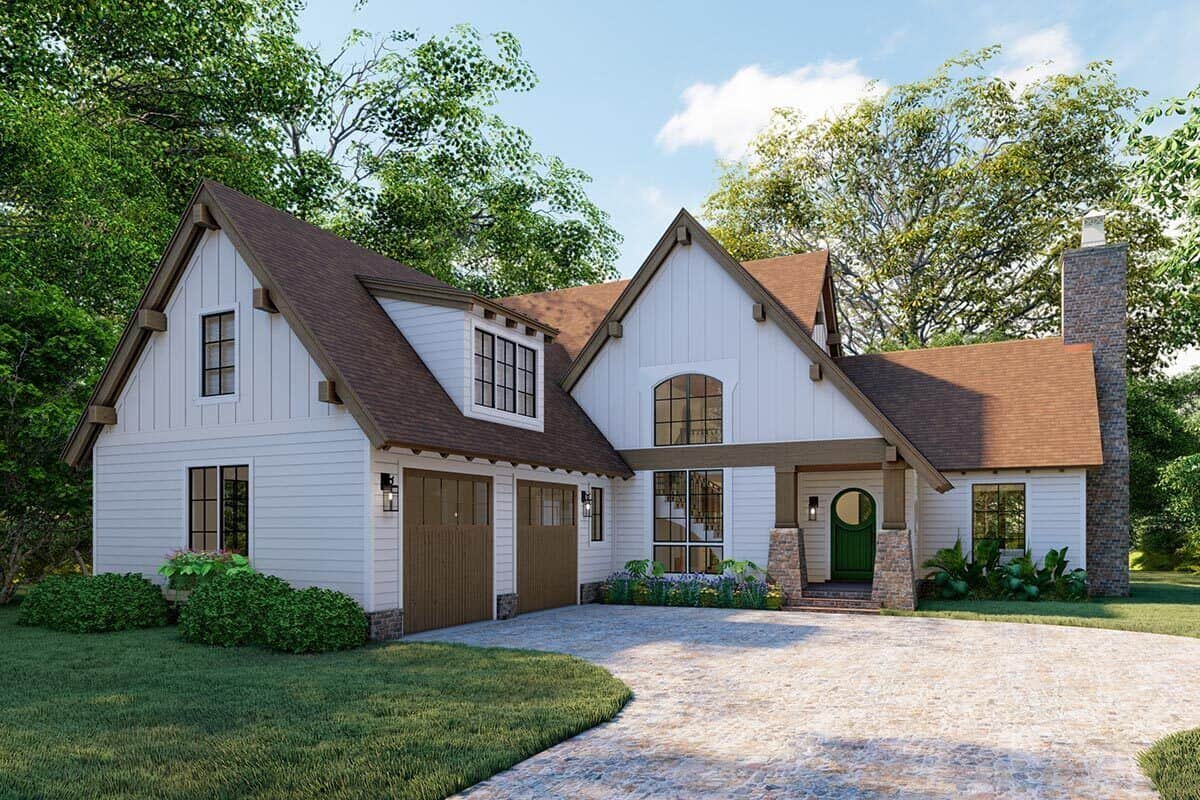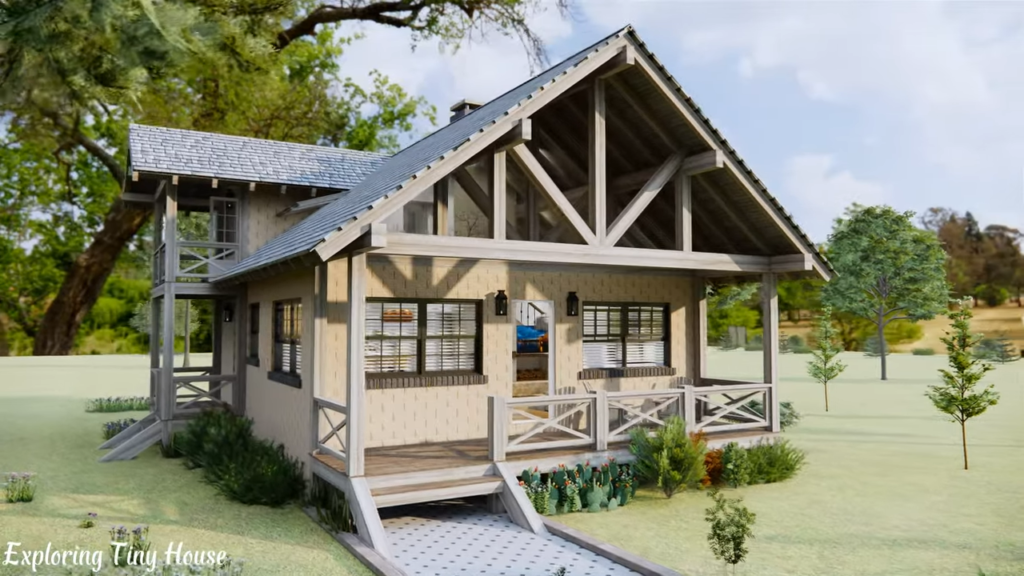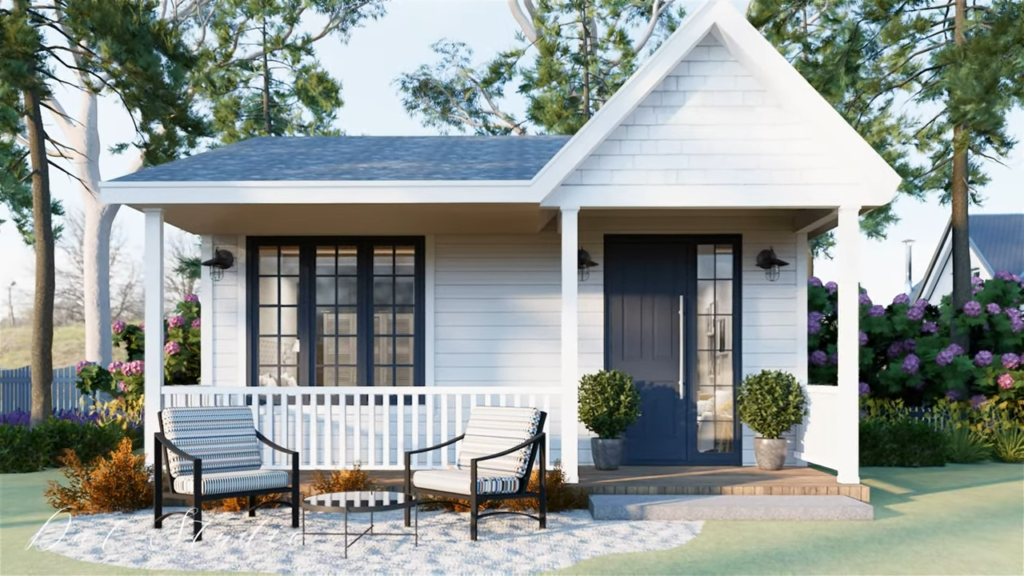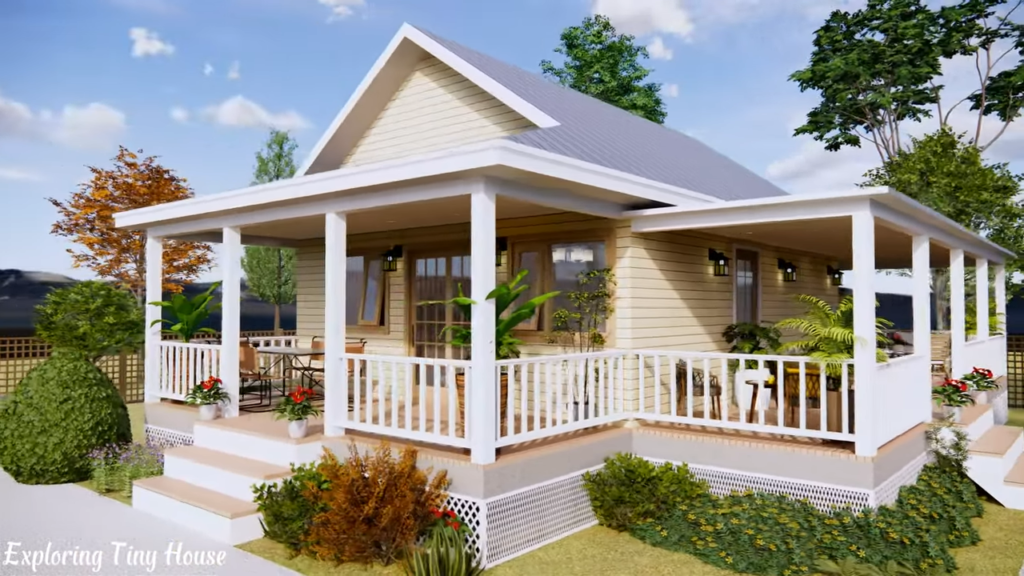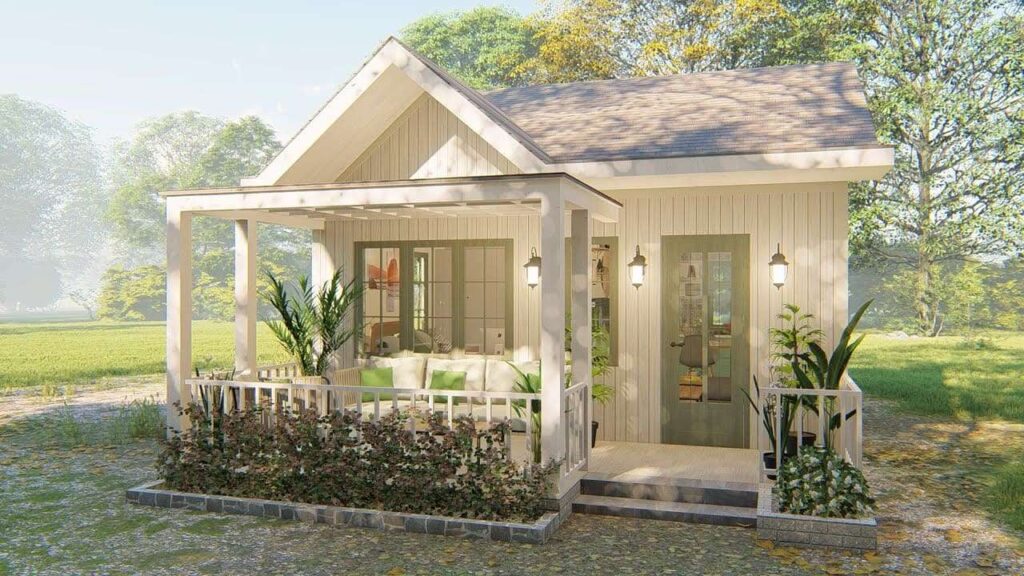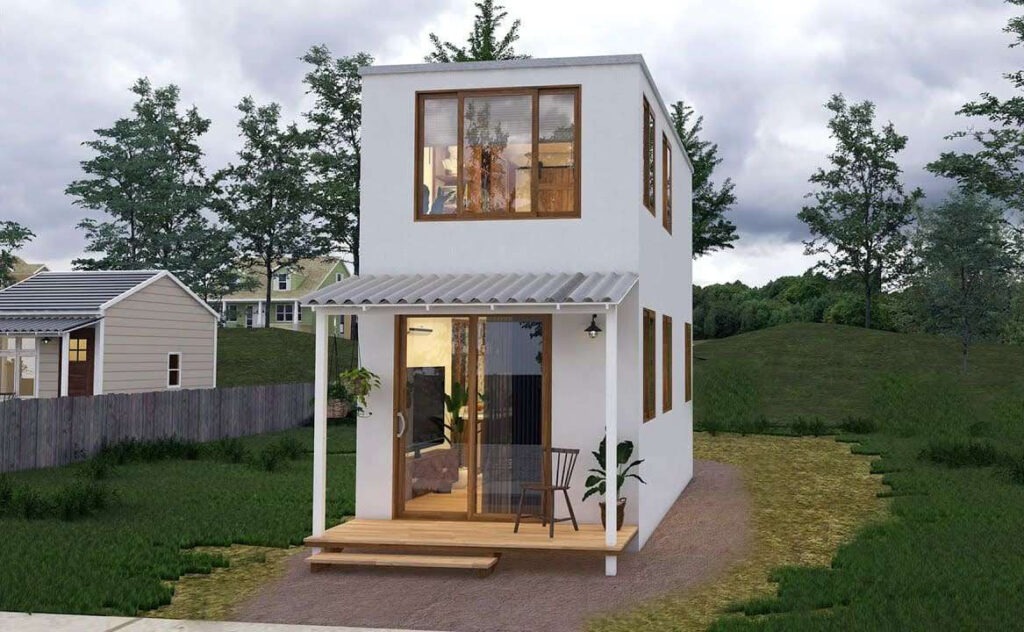
Today, home design is constantly evolving to suit people’s lifestyles and needs. This evolution has become a major focus, especially for individuals seeking smaller and more functional spaces. This is where contemporary two-story tiny houses come into play. In this article, I will provide over 500 words of explanation about the design features, advantages, and lifestyle fit of contemporary two-story tiny houses.
Contemporary two-story tiny houses have become popular in both inner city and rural areas. Although such houses are much smaller than traditional large houses, they stand out with the functionality and elegance of their living spaces. These homes offer a particularly attractive option for those adopting a sustainable lifestyle. These houses, which are generally built with natural and modern materials such as wood, steel, and glass, also stand out in terms of energy saving and environmental awareness.
One of the most important features in the design of such houses is the optimal use of space. Since tiny houses have limited space, it is important to use every square meter effectively. Open-plan living spaces, high ceilings, large windows, and clever storage solutions help these homes create a sense of spaciousness. In addition, portable furniture and multi-purpose items increase the functionality of the space.
The two-story design is a way of maximizing the space of tiny houses. The lower floor usually has the living area, kitchen, and bathroom, while the upper floor has more private spaces such as the bedroom or study area. This two-story layout also influences the exterior design of the house. From the outside, these houses, which often offer a modern and stylish appearance, are a reflection of minimalism and contemporary design.
One of the advantages of contemporary two-story tiny houses is that they consume less energy and resources. Heating, cooling, and lighting a small home requires less energy, which helps lower energy bills and reduce environmental impact. In addition, such homes often use sustainable energy and water sources such as solar panels, wind turbines, and rainwater harvesting systems.
These tiny houses are also ideal for those who adopt a minimalist lifestyle. Having less space encourages getting rid of unnecessary items and requires being more selective in choosing personal items. This can help people adopt a more conscious and simple lifestyle.

Affordable Access: Tiny houses provide an economical option for those who prefer a lower-cost lifestyle. Building a smaller house instead of building a large house can mean lower construction costs, energy costs, and maintenance costs. This could enable more people to own their own homes.
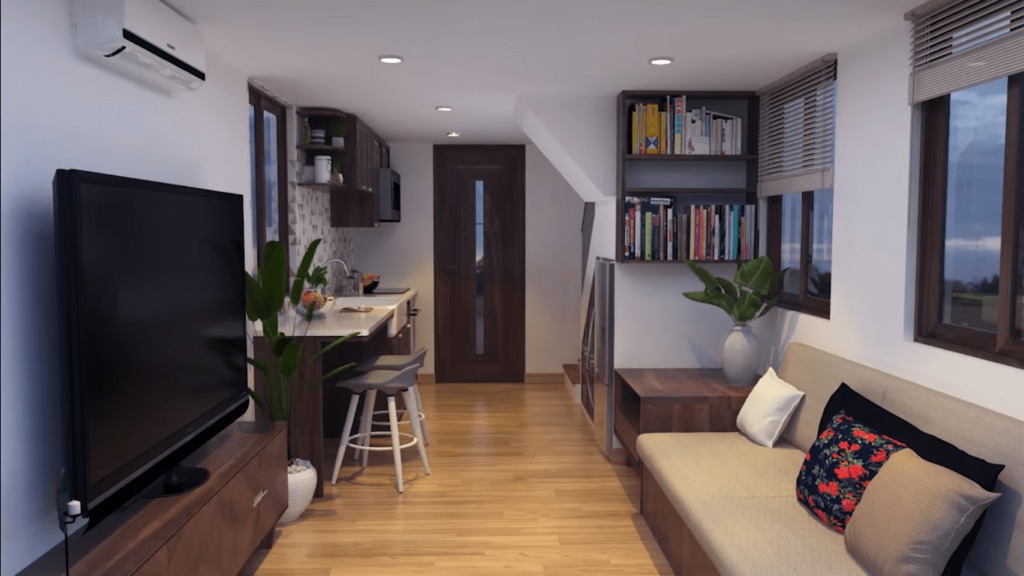
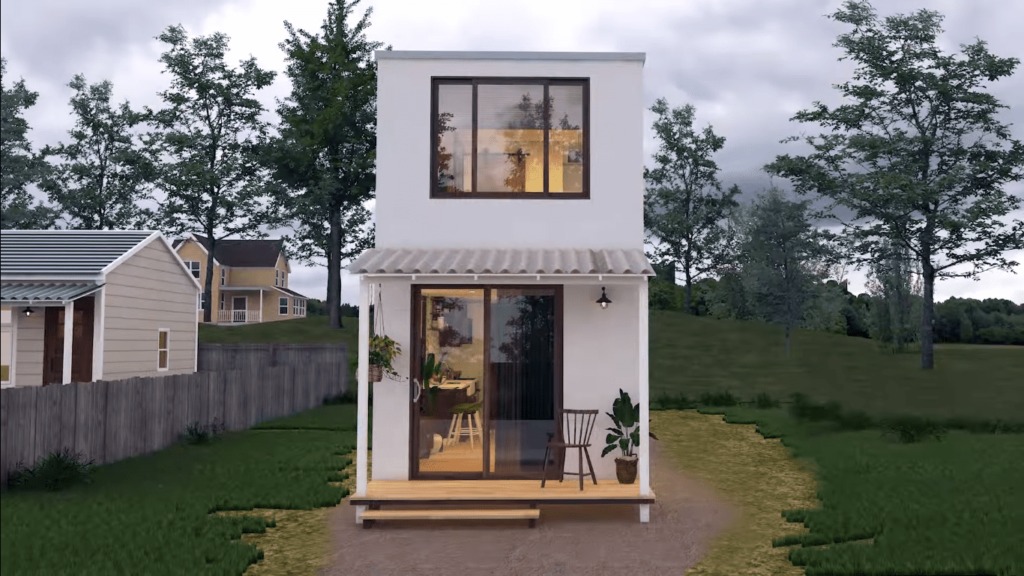
Social Awareness: Tiny houses can create a social consciousness that is sensitive to a sustainable lifestyle and tries to reduce environmental impacts. The use of such houses can promote environmentally friendly practices and motivate people to use resources more efficiently.

